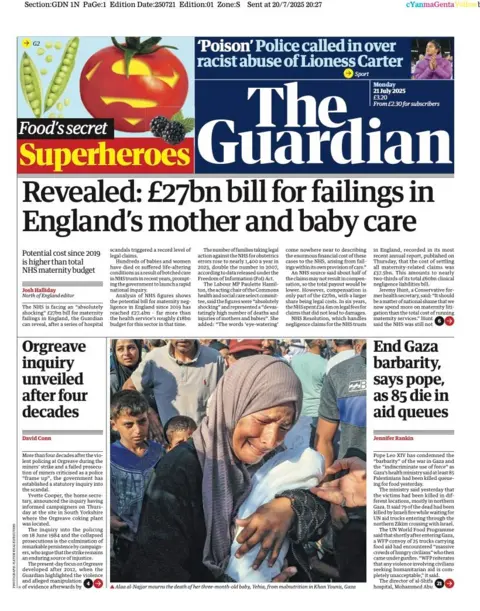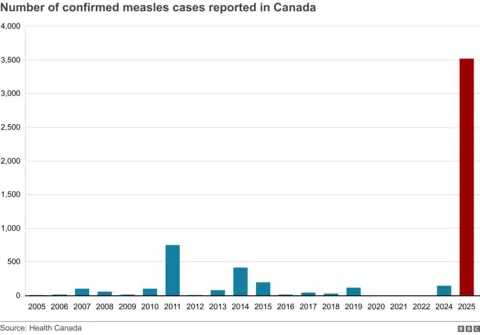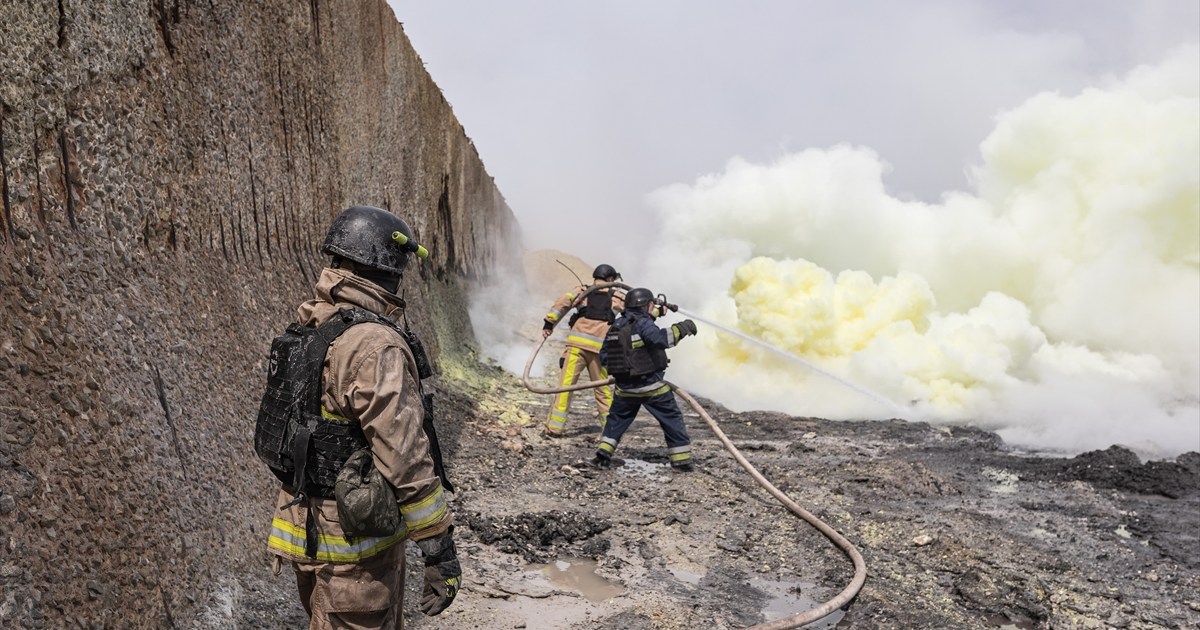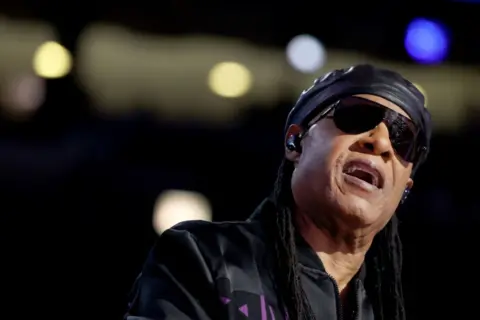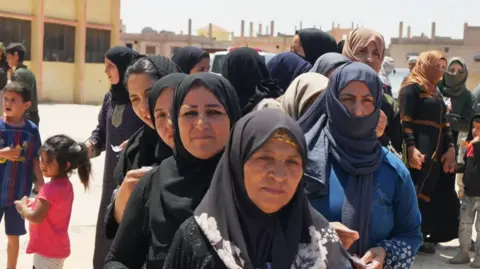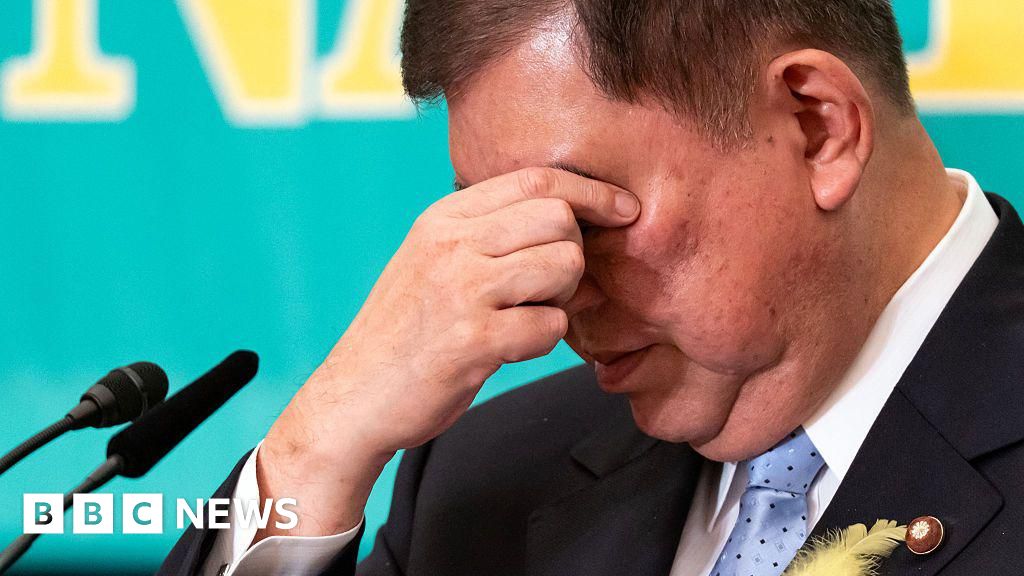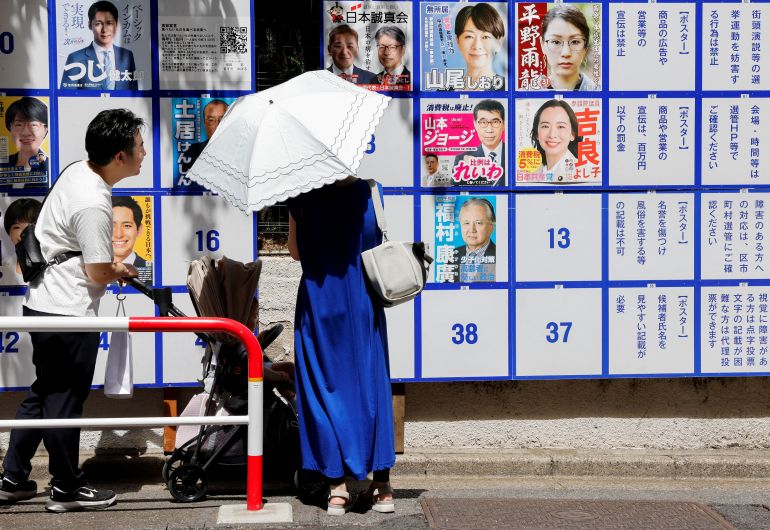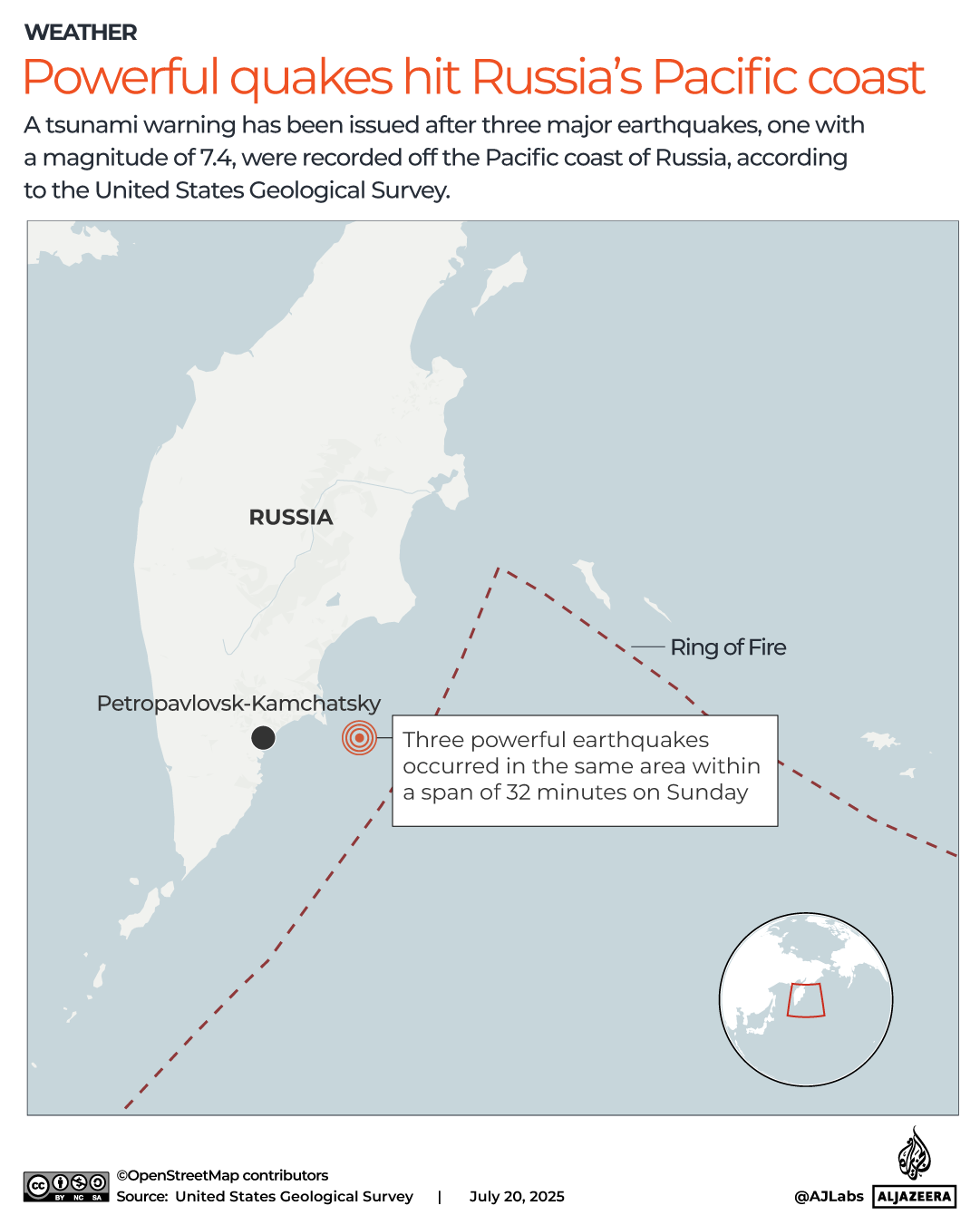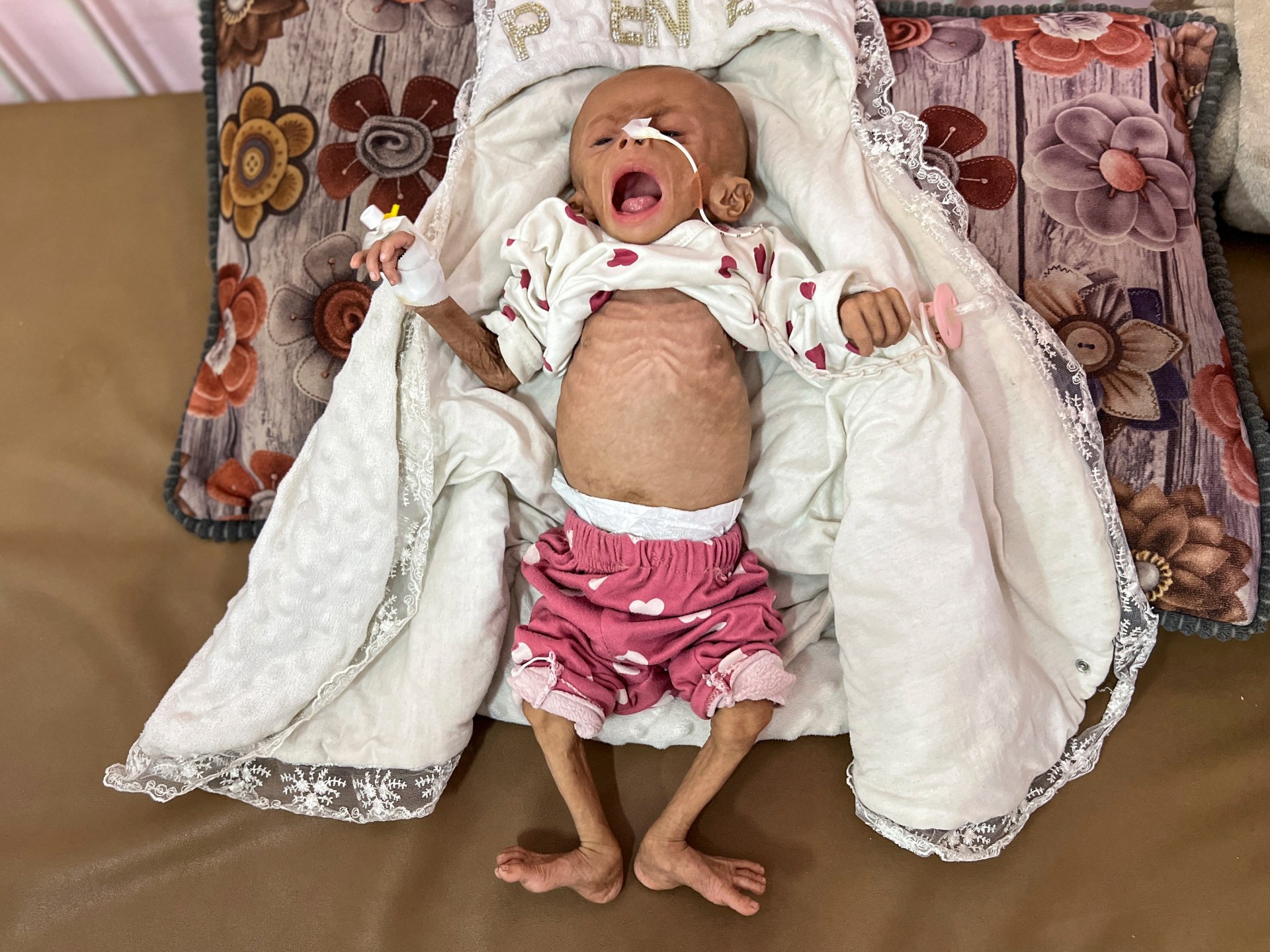On July 4, United States President Donald Trump signed into law his so-called “One Big Beautiful Bill”, which will reduce taxes for the rich, punish the poor, and otherwise propel American plutocracy to ever more noxious heights.
Just days earlier, Trump’s Vice President JD Vance took to X to underline the key component of the legislation: “Everything else — the CBO [Congressional Budget Office] score, the proper baseline, the minutiae of the Medicaid policy — is immaterial compared to the ICE money and immigration enforcement provisions.”
Indeed, the bill allocates the unprecedentedly ludicrous sum of $175bn to anti-immigration efforts, approximately $30bn of which will go directly to the notorious federal law enforcement agency ICE, known in long form as US Immigration and Customs Enforcement. Another $45bn is earmarked for the construction of new immigration detention centres, which, as the American Immigration Council notes, “represents a 265 percent annual budget increase to ICE’s current detention budget”.
Thanks to these budgetary machinations, ICE now occupies the position of the largest US federal law enforcement agency in history, with more money at its annual disposal than the military of any country in the world apart from the US and China.
Given that ICE agents have as of late made a name for themselves running around in masks and kidnapping people, however, one would be forgiven for seeing this sudden windfall to the agency as something less than, um, “beautiful”.
Of course, the fanatical increase in ICE funding is no surprise coming from a president whose obsession with the idea of deporting millions of people has not prompted him to contemplate how, precisely, a US economy fundamentally dependent on undocumented labour will continue to function in the absence of said labourers.
Anyway, the arrangement means big bucks for the detention-industrial complex, including detention companies like GEO Group and CoreCivic that are contracted by ICE. A July 4 Washington Post article on ICE’s impending “detention blitz” reported that each company coincidentally happened to donate half a million dollars to Trump’s inauguration in January.
The Post article also provided other clues as to how US “democracy” really works: “On calls with Wall Street analysts this year, Geo Group executives have primed shareholders for a government contract bonanza that could boost annual revenue by more than 40 percent and profits by more than 60 percent.”
But since the government cannot come right out and say this is all about money, it has to invent other narratives, such as that ICE is protecting the US from “vicious criminal illegal aliens”. Never mind that the vast majority of those detained by the agency have no criminal record whatsoever.
Among ICE’s ever-growing list of victims is a six-year-old Honduran boy with leukaemia, who was arrested in late May at the Los Angeles immigration courthouse where he had come with his family for a scheduled asylum hearing. This month, massive ICE raids on two California farms resulted in more than 360 arrests and the death of 57-year-old Jaime Alanis, a Mexican farmworker who fell from a greenhouse roof during the upheaval.
Nor are all of ICE’s detainees undocumented; after all, it is hard to be discerning when you are scrambling to meet detention quotas, and when you are well aware of the fact that you are totally above the law. One of the detainees from the farm raids was 25-year-old security guard George Retes, a US Army veteran, no less, who was pepper-sprayed and then jailed for three days, missing his three-year-old daughter’s birthday party. He was released with no explanation.
Now imagine the landscape with an additional $175bn in “ICE money and immigration enforcement provisions”, to borrow Vance’s words.
As if manic and arbitrary detention operations and the elimination of due process were not cause enough for concern, ICE is also being utilised as a force for political repression and the criminalisation of dissent. This was seen in the recent spate of abductions of international scholars opposed to the ongoing US-backed Israeli genocide in the Gaza Strip, including 30-year-old Rumeysa Ozturk, a Turkish doctoral student focusing on childhood development at Tufts University in Massachusetts.
En route to an iftar dinner in March, Ozturk was surrounded by masked agents, forced into an unmarked vehicle, and disappeared to an ICE detention centre in Louisiana administered by GEO Group – all because she had co-authored an article for the university newspaper the previous year expressing solidarity with Palestinians.
In a new essay for Vanity Fair, Ozturk reflects on her 45-day detention in appalling conditions that were only made bearable thanks to the solidarity of her fellow female detainees, hailing from an array of nations. Ozturk writes: “One time, an officer came and took away all the cookie boxes, claiming we would use them to make weapons. Another time, we were shocked to witness an officer physically push two women in the kitchen.”
When Tim Walz, the governor of Minnesota, recently had the nerve to refer to ICE as “Trump’s modern-day Gestapo”, the US Department of Homeland Security threw a tantrum over his “dangerous rhetoric”, and issued a press release asserting that, “while politicians like Gov. Walz fight to protect criminal illegal aliens, ICE officers will continue risking their lives to arrest murderers, kidnappers, and pedophiles”.
This was itself “dangerous rhetoric”, no doubt, coming from the folks who are kidnapping doctoral students, six-year-old leukaemia patients, army veterans, and so on.
Although undocumented workers might be the most immediate and visible victims of the super-funding of ICE stipulated by the One Big Beautiful Bill, the consequences for US society as a whole cannot be understated. At the end of the day, a rogue agency snatching people off the street while entire communities live in fear does not denote a “land of the free”, particularly when the president appears to view anyone who disagrees with him as potentially eligible for criminal punishment.
Aaron Reichlin-Melnick, a senior fellow at the American Immigration Council, has observed that “you don’t build the mass deportation machine without building the police state first”. And if we consider the Cambridge dictionary entry for police state – “a country in which the government uses the police to severely limit people’s freedom” – it seems the US already fits the definition to a big beautiful T.
The views expressed in this article are the author’s own and do not necessarily reflect Al Jazeera’s editorial stance.
 PA Media
PA Media PA Media
PA Media Greg McKenzie/BBC
Greg McKenzie/BBC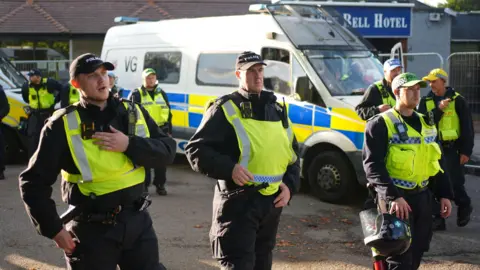 PA Media
PA Media




